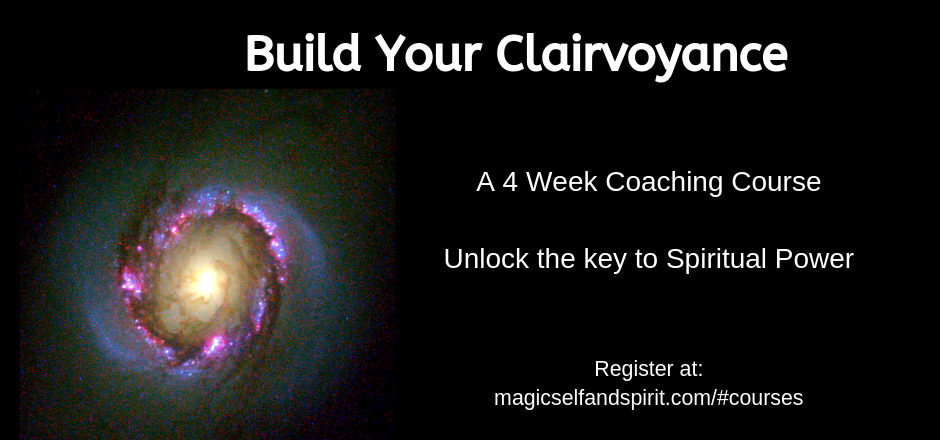 Imagine Stonehenge, the Neolithic temple in south west England to the cycle of the sun in the dark days and long nights embodied by the pagan celebration of Yule.
Imagine Stonehenge, the Neolithic temple in south west England to the cycle of the sun in the dark days and long nights embodied by the pagan celebration of Yule.
The Celtic winter solstice traditions were probably some of the most important in the imagination and spirituality of the Neolithic people of Northern Europe.
The year had died when the crone goddess, possibly carrying her scythe and sickle, maybe accompanied by her hawk who hovered still in the eye of the storm, her toad and her black cats, the bringer of death herself had claimed the life of the year at Samhain.
Maybe those six weeks between Samhain and Yule were akin to ‘no-time’ and as mid-winter approached the spiritual imagination was infused by the experience of being in the ‘bardo’ the place of death in the underworld where souls awaited their rebirth.
Crone Lady Ceridwen,
Beloved of our ancestors
Reaper of the old year
In the stillness of Samhain.
Give me healing in your darkness
In the Underworld.
Be here dark lady of death.
Crone Lady Ceridwen - Stephen Wilkes
Stonehenge And The Celtic Winter Solstice Traditions
 The beautiful English Heritage blog, Stonehenge: What is the Winter Solstice
The beautiful English Heritage blog, Stonehenge: What is the Winter Solstice
https://www.english-heritage.org.uk/visit/places/stonehenge/what-is-the-winter-solstice/ claims:
“The Winter Solstice may have been more important than the Summer Solstice for the people who built Stonehenge. Excavations at Durrington Walls suggest that people held huge feasts around this time of year.”
The English Heritage blog suggests that animals born nine months earlier at Ostara (the Spring Equinox) may have been slaughtered in preparation for the birth of the new sun god at Yule.
As you walk your independent, unique spiritual and magical path, perhaps donning the mask of an ancient Druid priest, ponder the power of this time of year. Samhain was the bringer of death, but Yule was death herself and the promise of the rebirth of the land. Maybe this is why many traditions, witchcraft and druidic alike, celebrate Yule as an expression of the element of Earth the very physicality of life.
As the English Heritage blog states:
“Studying the passage of time was important to many ancient cultures. For the people of Stonehenge sunlight must have been crucial, it allowed them to see, it kept them warm, it helped their crops grow.”
Imagine then how profound the absence of light and warmth would have been to our ancestors in Northern Europe. Hope must have been a powerful spiritual component. Yet in the darkness there’s a stillness of unity. There is a sense that all is one and a feeling that you can create a new reality with your mind and magic from this place.
Light is returning,
although it seems the darkest hour,
no-one can hold back the dawn
Traditional pagan song
So as we write of sacred sites, approach them from the place within yourself that seeks the magic inherent in the land. As we explore the history, the depth of knowledge and symbolism embodied by ancient magical and spiritual systems it can inspire and transform your soul.
Enjoy this year's Pagan Celebration Of Yule
 Learn how to super charge your own spiritual growth through Clairvoyance
Learn how to super charge your own spiritual growth through Clairvoyance
Want to learn More about Sacred Sites?
Check out our other Sacred Site Blogs:
Is The Pharaoh A God? The Encounter With The Sacred